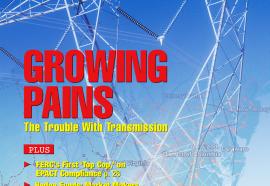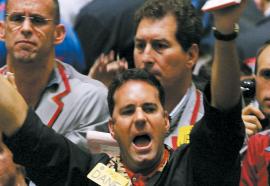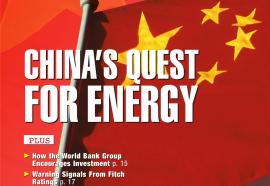The Changing Face Of Credit-Risk IT
A system that measures, monitors, and manages is no longer a Wall Street extravagance, but an industry essential.
Fifteen years ago, you couldn’t fill a small room with energy CEOs interested in discussing how credit risk affects their companies’ bottom lines. But a recent series of contract defaults, bankruptcies, Sarbanes-Oxley controls, and merger-and-acquisition activity has placed credit-risk management squarely on the industry’s radar. Today, it’s clear that an integrated risk system that measures, monitors, and manages credit-related risk is no longer a Wall Street extravagance, but rather an industry essential.









